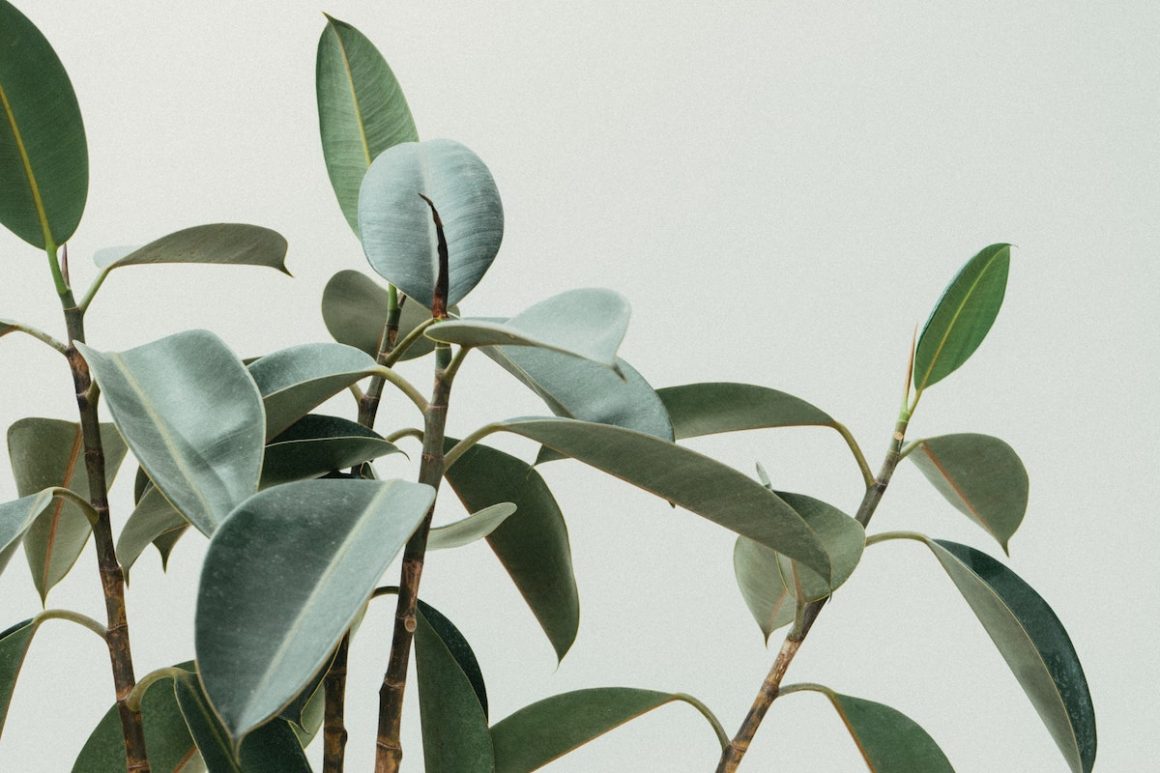
There are lots of ways to transform your home for the better and they don’t all have to cost the earth. In fact, two cheap but effective ways include incorporating house plants and decluttering.
Mark Lane, BBC Gardeners’ World Presenter recommends adding lots of plants to your home to boost your health and wellbeing. He say;
‘The longer one is exposed to green spaces, the greater the mental health benefits. There are countless benefits to living in a vibrant city, but NASA Earth Observatory has found such an environment increases neural activity which can be linked to higher levels of stress. However, looking and caring for greenery helps to protect against mood disorders, depression, neurotic behaviour and such stress-related issues. It’s therefore important to seek green sanctuaries outdoors — like parks — and bring the outdoors into your home.’
A cluttered home can be a pain, but Diana Spellman, the Founder of home organisation service ‘Serenely Sorted’ claims that ‘mess stress’ can actually prevent you from relaxing and leave you with feelings of guilt, she says:
‘You know that little niggle when you see mess or debris on a surface or messing up the bed? That’s mess stress! There are a number of effects, this can have on our health and wellbeing and stress levels. It’s that ‘nagging voice’ in your head (sometimes just a niggle that you can’t quite identify) that prevents you from ever being able to relax, because you know there are things that need tidying. It means that you both can’t concentrate 100% on your work, and you can’t relax at the end of the day. It’s a feeling that you can’t get away from when you have clutter or piles built up, a feeling of guilt whenever you relax because you feel you ‘should be sorting it out’. Not only that, but when you do spend the time to sort it out, you feel bad because you are not spending that time at weekends with your family, nor able to recharge as you need to do for yourself.’
Tips on how to improve your living space:
Choosing the right plants for each space in your home can make a real difference, here is some advice on what to opt for…
Ridding your home of toxins: The Peace Lily can improve air quality by up to 60%. It helps to reduce the levels of mould spores that grow in the home by absorbing these through its leaves, then circulating them to the plant’s roots where they are used as food. The Snake Plant is one of the highest oxygen-producing plants, while the purple colour of African violets can help stimulate adrenaline release and increase the flow of oxygen to the brain, helping you to relax.
For the kitchen: Choose Aloe Vera for the tabletop, Basil and other herbs for culinary delights and some succulents such as Aeonium sp. and Echeveria sp. on kitchen shelving. Herbs also help with health and wellbeing. Peppermint contains menthol, menthone and limonene which help to ease digestive upsets, plus relieve headaches and migraines.
For the living room: Opt for air purifying plants that also create impact. Philodendron sp. with its large leaves, the Majesty Palm or the Spider Plant are perfect for this. For shelves, choose low-maintenance plants like the Dragon Tree or English Ivy.
For the bedroom: Place Aloe Vera on a sunny windowsill and the Peace Lily or the Ruffle Fern in the shadier areas and corners of the bedroom.
For the study / home office: Many of us are working from home at the moment. Turn to peppermint; this helps to increase alertness and memory, improving concentration. Chamomile has calming properties and increases glycine — an amino acid which relaxes muscles and nerves. Rosemary contains compounds that may be responsible for changes in memory performance. Meanwhile, rosemary increases the likelihood of you remembering to do tasks in future.
For the bathroom: The Peace Lily can help to keep shower tiles and curtains free from mildew and the plant can absorb harmful vapours from alcohol and acetone.
A cluttered home can lead to a cluttered mind, here are some top tips for organising and decluttering from Diana Spellman…
Start Small: Don’t try and tackle all the mess or clutter at once as this can feel overwhelming. Start small – start with just ONE surface. Pick a surface that you see when you sit down in the evening to unwind, seeing it clearly will give you an instant ‘ahhhhh’ moment. To tackle that surface, really look at what’s on it and create what I call ‘end homes’ for those items – that’s a place where those things live and always get put back to at the end of the day. To start with, just find a small drawer or basket nearby. Once you do this for one surface and mindfully put things away and feel the effects, you can tackle more one-by-one.
Create a ‘Separate’ Work Space: In order to both focus on work during work hours and switch off once they are over, you need to create the separation, even if it’s not physically there. In a recent study, I found that 60% of those working from home did not have a dedicated work space, so were working from either the bedroom or main living area. If that is the case, it’s important to pack up your ‘desk’ at the end of the day into a bag or a box. Do this consciously and remove the bag or box from the room so that you are not distracted by it in the evening – it’s this that can cause the ‘mess stress’ and prevent you from unwinding / switching off at the end of the day. In order to focus on work, it’s about avoiding the distractions of the piles and mess at home.
Don’t Stress Over Kiddy Mess: It’s important not to worry during the day about the mess that children create – mess / toys chaos is inevitable and part of play, so I always encourage it, rather than suppress it for the sake of a tidy home. But, and the big BUT, is that you always have to get ‘back to tidy’ at the end of the day. We have both systems and habits that the whole family use that enable us to do that. We have end homes for everything meaning that it’s easy to put everything away, and everyone is involved. Just after the kids dinner time, we do the ‘back to tidy’ routine, then it’s all away and the ‘ahhhhh’ moment can begin!

